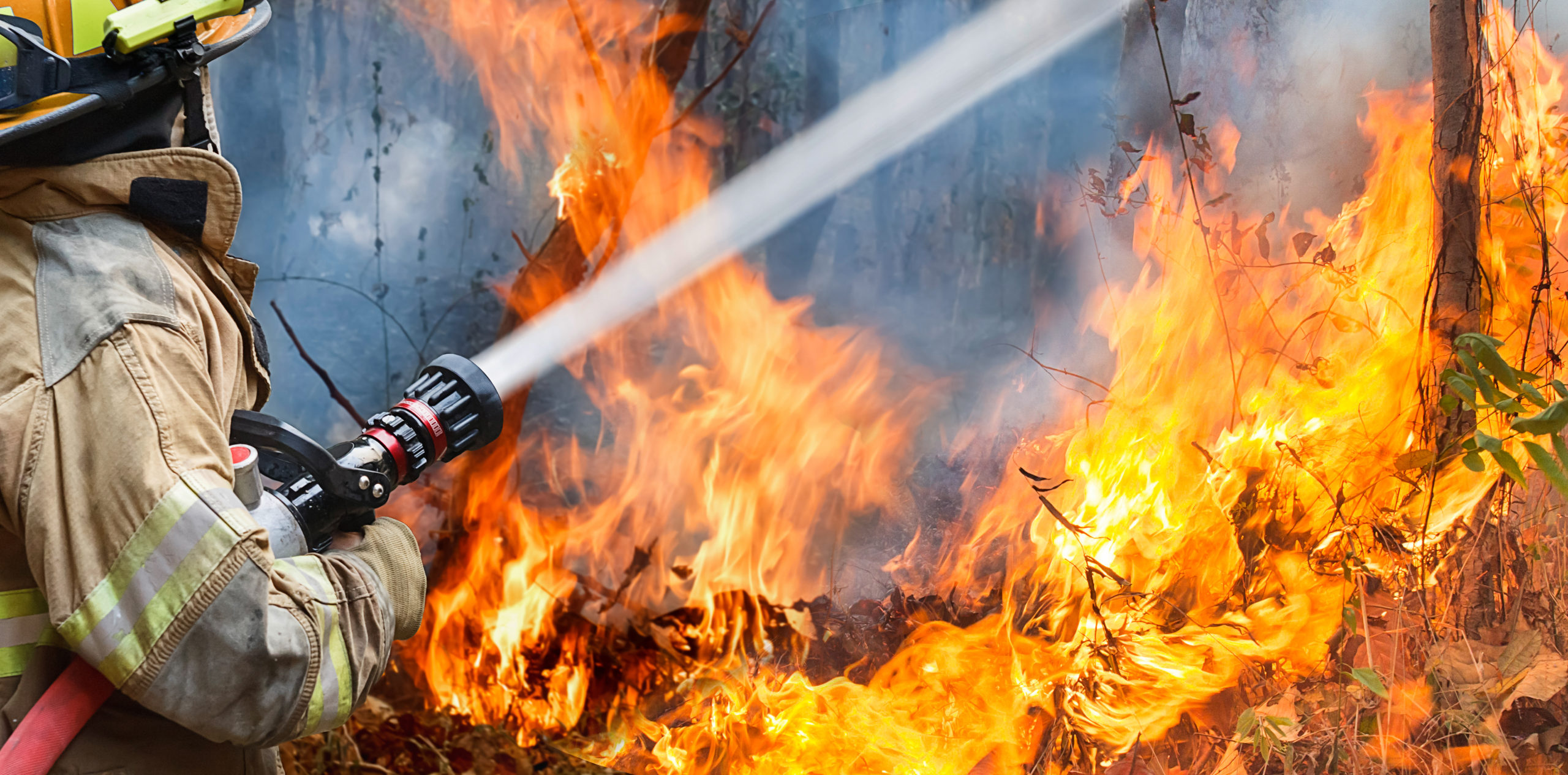Resource-rich Australia shows vagaries of any commodity supercycle: Russell

(The opinions expressed here are those of the author, Clyde Russell, a columnist for Reuters.)
For those seeking evidence of a new commodity supercycle, and for the sceptics of a sustained boom in natural resources, Australia’s government forecaster has it covered.
The government’s latest Resources and Energy Quarterly report, released on Monday, illustrates how some commodities surged during last year’s coronavirus pandemic, and also how the gains weren’t across the board and may not be easy to sustain.
The media-grabbing headline of the report was that the nation’s resource and energy exports are set to reach a record A$296 billion ($226 billion) in the fiscal year to June 30, 2021.
Much of the commodity supercycle story is built around ongoing high demand for resources from China
Australia is the world’s largest exporter of iron ore, liquefied natural gas (LNG) and coking coal used to make steel.
It ranks second behind Indonesia for thermal coal and third in shipments of copper ore, and is a major producer of both aluminium and alumina, the raw material used to make the refined metal.
Australia is also the world’s third-largest gold producer and the biggest net exporter of the precious metal, and is a top supplier of battery metals such as nickel and lithium.

The stellar performance for the country’s resource sector this fiscal year was largely driven by top export iron ore, which is forecast to account for A$136 billion, or just under half, of the total value of exports, according to the report compiled by the Office of the Chief Economist of the Department of Industry, Science, Energy and Resources.
This is up from A$104 billion iron ore exports in the 2019/20 fiscal year, achieved on both higher volumes (up 4%) and prices (up 41%).
The massive surge in iron ore earnings was largely a story made in China, as the world’s biggest importer of the steel ingredient spent to boost its economy after the hit from the lockdowns imposed to stop the spread of covid-19.
China’s impact can be seen in some of Australia’s other commodities, with export earnings for copper gaining 20% to A$12 billion even though volumes shipped were slightly lower.
It’s worth noting, though, that apart from iron ore and copper, only gold export values rose in 2020/21, to A$29 billion from A$25 billion.
The rest of Australia’s major resource and energy exports declined, including LNG, crude oil, alumina, aluminum, zinc, lithium and both grades of coal.
Lower prices for much of the fiscal year were largely to blame, although these did start to recover over the past few months.
Supercycle, what supercycle?
Much of the commodity supercycle story is built around ongoing high demand for resources from China, coupled with a synchronous boost from much of the rest of the world as countries act to boost growth through infrastructure spending.
There is also the expectation that supply for key commodities will struggle to keep up, given weak investment spending by producers in response to the sharp declines in prices in the early stages of the pandemic.
The Australian government report lends some credibility to the demand side of the supercycle vision, but only for commodities most exposed to China’s industrial might, namely iron ore and copper.
While others, including battery metals, are also showing signs of recovery, energy products have been propped up by temporary factors, such as producer output cuts in the case of crude oil and a cold northern winter for LNG.
Where the report becomes more interesting is in its longer term outlook, which doesn’t see much of a demand-led supercycle, with Australia’s resource and energy exports forecast to rise to A$321.1 billion by 2025/26, a compound annual growth rate of just 1.7%.
This would be a solid, unspectacular outcome, although far removed from a supercycle story.
Delving into the breakdown shows that the commodities the report expects to do best correlate to the energy transition, with export earnings from lithium expected to jump some 440% from the current fiscal year to A$5.4 billion in 2025/26, while nickel will almost double to A$6.5 billion, and copper rise by 33% to A$16 billion.
In contrast, iron ore, star of the current year to end-June, is forecast to fade by then to A$104 billion – the same level as in 2019/20 – while LNG will stay relatively stable and both grades of coal will see declines.
Overall, the report shows two things, firstly that the evidence for an emerging commodity supercycle is somewhat mixed, and secondly that while some commodities are likely to do well over the coming years, the gains won’t extend to all.
(Editing by Tom Hogue)
More News
{{ commodity.name }}
{{ post.title }}
{{ post.date }}

Comments